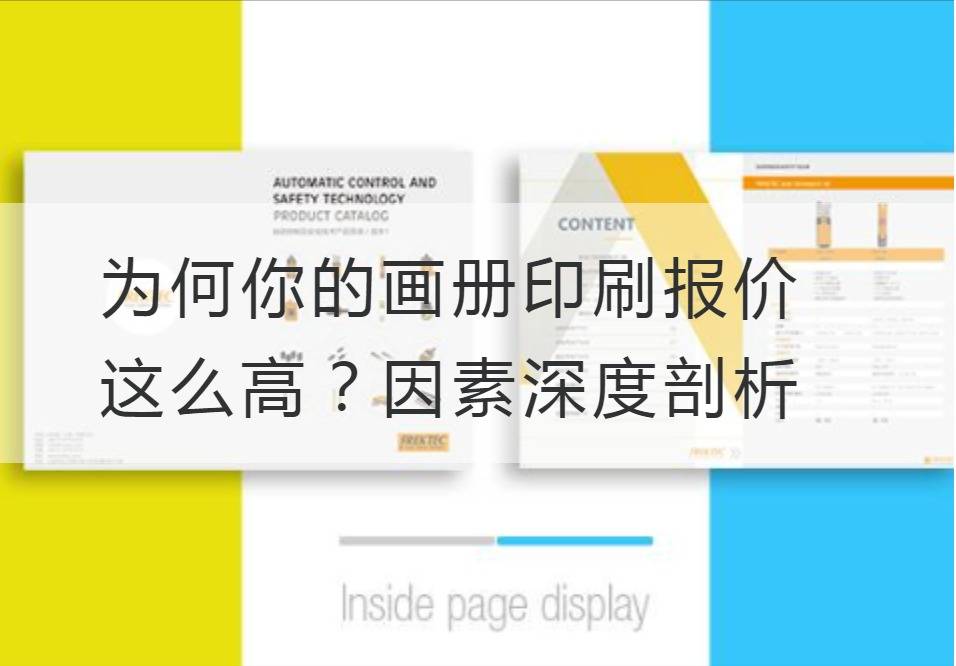Why Is Your Album Printing Price So High? In-depth Analysis of Factors
Dear readers, I'm sure some of you have faced situations like this: When you get a copy of the printer's quotations for the printing of picture albums, you see the figures above, and you have a shudder in your heart. Why is the price so high? Let's dig deeper and dissect the factors.
First, let's talk about the material. The printing quality of the album is often limited by the material, and good materials are naturally expensive. High-quality paper, inks, and the materials used in printing technology all impose additional costs. The quality of an album largely determines the price of its printing. If you ask the printer to use premium paper, foil stamping, or special inks, the price will naturally be higher. because these materials and processes present additional cost and process risk to the printer.

Second, from the printing process, high printing prices are not surprising. The printing process of the album needs to go through design, proofing, plate making, printing, post-process and so on. Each of these links needs to undergo rigorous operation and careful inspection, which requires a set of complete management system and quality inspection process in the printing plant. High-quality printing plants should be equipped with advanced technical equipment and professional personnel. The investment of these equipment and personnel is cost-supported.
Again, we have to mention the quantity. Generally speaking, the more printed, the lower the price. This is because mass printing can improve production efficiency and save material and human resources. On the contrary, small-batch printing increases production costs due to factors such as invariance in the production process. So, if you only need a small number of albums to print, the offer is naturally higher.
In addition, the size and number of pages of the album also affect the price. The larger the size and the larger the number of pages, the greater the waste of material in the printing process, and therefore the higher the price. Of course, special styling and structural design can also increase manufacturing costs. For example, special shaped albums require custom tool molds, which require additional cost support.
Finally, we also need to consider the capacity and size of the printing plant. Large printing plants are often able to make better use of resources and increase production efficiency, thereby reducing costs to some extent. Small printing plants, because of their smaller production scale, do not enjoy such advantages, so prices will naturally rise.
In summary, there are a number of factors that affect prices for album printing, ranging from materials, processes, quantities, sizes and pages, design requirements, to the capacity and size of the printing plant. Therefore, when we select printing plants, we need to take these factors into consideration, according to their needs and budget to make a reasonable choice. After all, quality and effect are the key to measuring the value of an album.
I hope this article will help those who work forPicture Book Printing QuotationBewildered readers. Remember, good album printing is not just a book, it carries your ideas and information, and is a representative of your work. So, don't just look at the price, but consider the quality and effect. I wish you to make a wise choice on your way to find a suitable photo album printer!
Recommended Reading:
Design of Power Generation Album
Electric Power Company Picture Book Design



